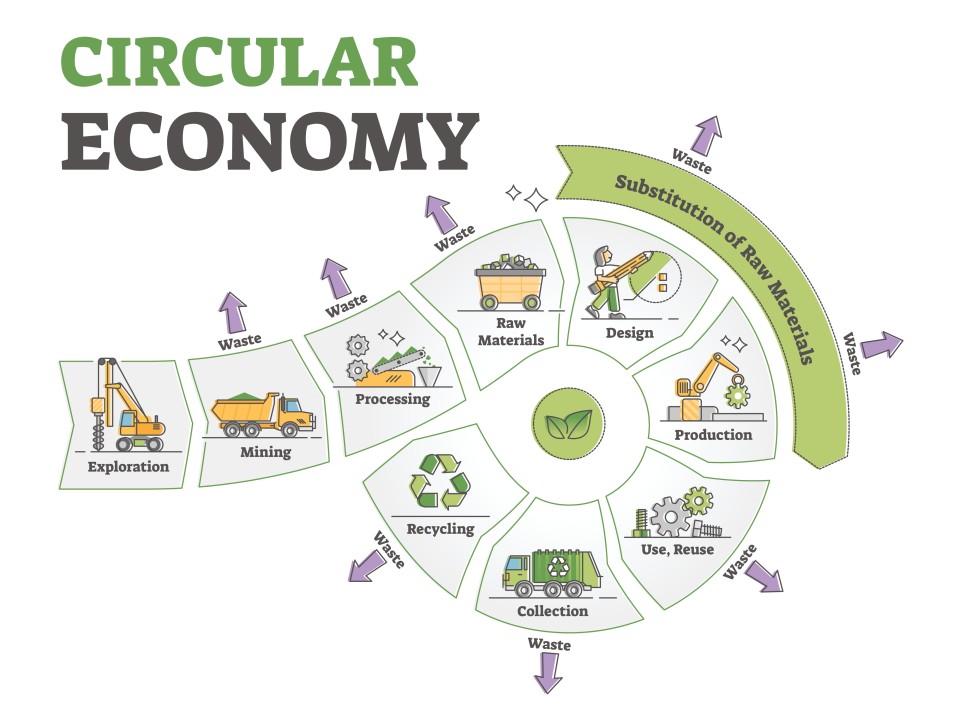As economies shift toward sustainability, embracing regional circular economy strategies is emerging as a credible business model. Instead of linear take–make–dispose chains, interconnected local systems revalorize waste as input—such as textile repair hubs, shared logistics, and industrial symbiosis zones. These regional circular ecosystems reduce raw material dependence, cut operational costs, and comply with tightening regulations on waste and emissions.¹ Regional collaborative initiatives—from retail upcycling to manufacturing byproducts reuse—demonstrate credible success in both value retention and resource efficiency.
In practice, cities and suburban districts partner with businesses, local governments, and research institutions to implement scalable circular solutions. Expert insights confirm that such ecosystems deliver measurable environmental and financial returns—like reduced carbon footprints and increased brand trust—while empowering SMEs to adopt sustainable practices formerly out-of-reach.² Collaboration between logistics planners, sustainability auditors, and engineers lends authority to these models.
While promising, scaling requires transparency, governance, and data-backed outcomes to satisfy both regulators and stakeholders. Trustworthy implementation hinges on third-party audits, clear impact metrics (e.g. waste diverted, cost saved), and published case studies. When businesses align their regional circular efforts with ESG frameworks and supply chain transparency, they demonstrate expertise, authority, and long-term reliability. Purposeful regional strategies rooted in the latest sustainable economy research signal a transformative path to growth—blending innovation with credibility.







